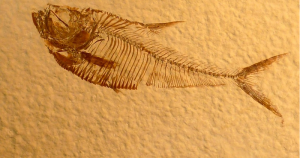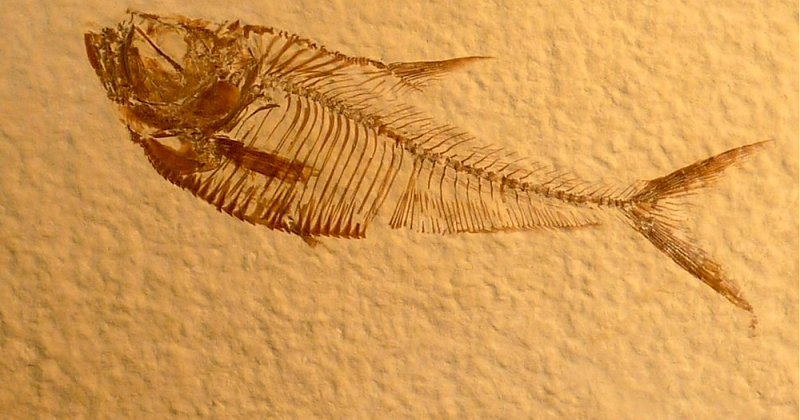
First-Ever Fossilized Heart Found In Ancient Fish
The first fossilized heart is found in a prehistoric animal. Rhacolepis is a 113 to 119 million-year-old fish from Brazil discovered by Paleontologists. Over centuries, the fossil of back-boned animals or vertebrates were studied from their bones or fossilized footprints. To find well-preserved soft tissues in ancient fossils which are thought to be impossible.
Generally, the soft organic materials will be decayed after death. By this, we can say the organs start breaking down from bacterial actions almost immediately after the death of any animal. When the body of animals starts decaying the left over or remaining can be buried and finally the skeleton which is left over will be turned as Fossil.

Only some special fossils called conserved larger stat ten, which means place of storage is rarely formed by rapid burial under special chemical actions. Then we can find some soft tissue to preserve from the organism.
‘The discovery of complete soft tissues preserved as whole internal organs in a fossil was a bit of a Holy Grail for paleontologists,’ said John Long, professor in Palaeontology at Flinders University.
He also says, “‘Such finds could contribute to understanding deeper evolutionary patterns as internal soft organs have their own set of specialised features.”

Using Tomography and from some other images, the Rhacolepis heart was digitally restored. This can be studied with the cross sections through the rock. The discovery of this fossilized heart is significant that shows the valve in an early member of the ray-finned fish group. There are about 30,000 species and naturally living vertebrates are found as of now which displays a wide range of valve patterns in their hearts.